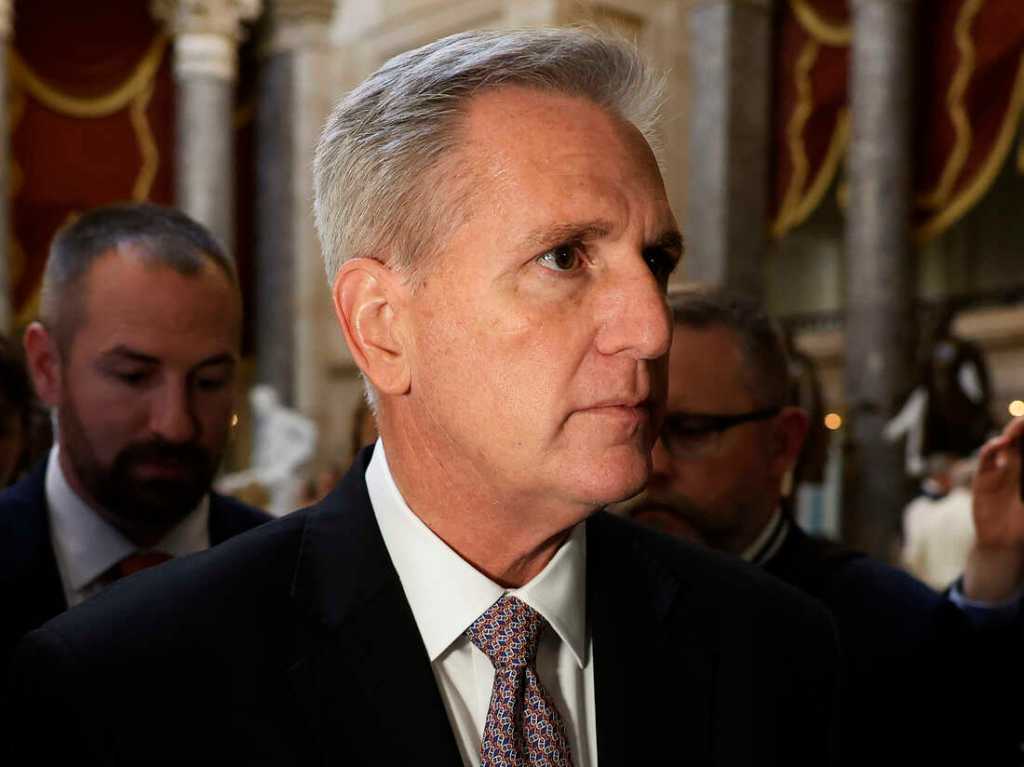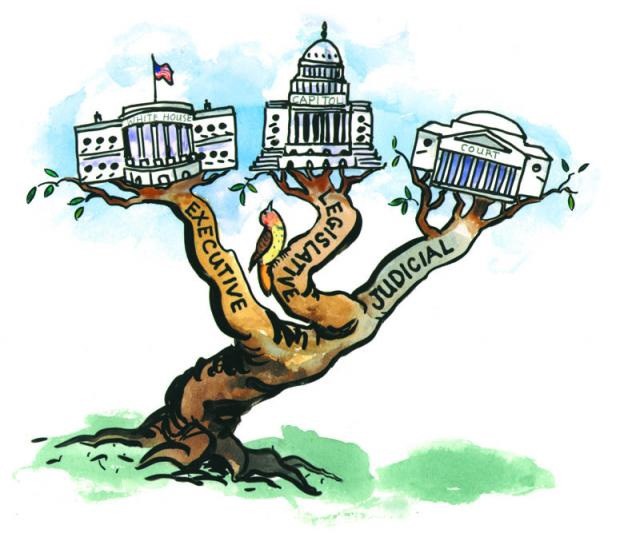November 12, 2019 | Jessa Lauer
Edited by: Jillian Bukstel
Modern India is known for its legal plurality and multi-faith democracy. When its constitution was adopted in 1950, many religious groups in India were permitted to construct their own system of personal laws regarding, but not limited to, divorce, marriage, and adoption. These protected customs and laws were often accompanied by the option of civil law involvement. For example, in the case of marriage, one could be married both under one’s own personal law and under the civil code.[1]
On June 21, 2019, The Muslim Women (Protection of Rights on Marriage) Bill, was introduced in Lok Sabha by Minister Ravi Shankar Prasad, as a replacement for an ordinance issued in February of this year. This bill addresses triple talaq, the practice that allows a Muslim man to pronounce “talaq” three times and issue an instantaneous divorce from his wife under Muslim Personal Law. The practice was deemed invalid in 2017, but the 2019 bill now codifies it as a criminal offense that could result in up to three years imprisonment for a man who uses triple talaq. The bill was officially passed in Lok Sabha on July 25th and again in Rajya Sabha on July 20th, making triple talaq illegal and enabling Muslim wives to seek allowance from their husbands in addition to custody of their children.[2]
The passage of this law brings fundamental issues of Indian governance into the spotlight, because of the government’s direct involvement in Muslim Personal Law. In early August, this legislation was challenged in the Supreme Court by a Kerala Muslim organization as well as in the Delhi High Court, indicating that this Act violates Muslim husbands’ fundamental rights. Furthermore, they argue that the Act is in violation of multiple Constitutional Articles preserving the rights of religious personal law and religious freedom.[3] On October 21st, the All India Muslim Personal Law Board (AIMPLB) filed their own plea in the Supreme Court, challenging the criminalization of triple talaq, indicating wrongful interference with religious identity as well as seeking that the Act be declared constitutionally invalid and overturned.[4]
Supporters of the ban have transcended the legal issue into one of gender equality. Various women’s groups in India hoped to follow the footsteps of more than twenty countries with majority Muslim populations, including Bangladesh and Pakistan, who have already outlawed the practice as a danger to Muslim women. These women’s groups aimed to bring attention to the social and financial vulnerabilities Muslim women faced with the ever-looming threat of instant divorce. A women’s rights group who actively campaigned for the ban, BMMA or the Bharatiya Muslim Mahila Andolan, argues that this Act is not so much of a political victory of the Bharatiya Janata Party in India, but rather an advancement of the position of Muslim women in a blatantly patriarchal society. They view the practice of triple talaq itself as unconstitutional and fundamentally at odds with the values of Islam. The Prime Minister himself declared on twitter that the abolishment of this practice “corrects a historic wrong done to Muslim women.”[5]
Advocates against the ban, including the women sector of the AIMPLB, predict that women will actually suffer more if their male counterparts are imprisoned for triple talaq. Chief organizer of the aforementioned women’s sector, Asma Zehra, believes that divorcees will become worse off because of the ban, as they will not realistically be able to cover maintenance, indicating that imprisonment will limit the opportunity for reconciliation and damage the home. Zehra is not alone in her sentiments, with 50 million signatures collected by the AIMPLB advocating against the ban, and more than 28.5 million of those being women.[6] Many men have voiced their concern with the fact this is a cognizable offense, meaning officials, without warrant, may arrest a man who is reported to have declared triple talaq by a member of the woman’s family or the wife herself.[7] Men object to the fact that they feel the Act does not have a sufficient process to ascertain the truthfulness of such a report and worry this new offense will be misused to put more and more Muslim men in prison.[8] Yet, the largest objection to this legislation found in the appeal requests filed by various Muslim groups involves the precedent for government intervention in personal law. They fear this legislation as another step in enacting a uniform civil code that fails to take into account minority customs and beliefs.[9]
The current media debate in India portrays the issue as a battle between the progressives versus the traditionalists and fails to grasp the true history of this recurring type of legislation. This can be seen in previous ways the media has ignored legislation that has already addressed this issue. Before triple talaq’s criminalization in 2019 and before its declaration as void in 2017, there was already movement in India regarding women’s rights in the context of marriage. In 2015, the Muslim Women’s Quest for Equality was established by a special bench created by the Chief Justice, which recognized the loss of civil rights, social repercussions and pure destitution divorced women face in India. Even further back in 1988 the Muslim Women’s Act was passed allowing divorced women to be granted lump sum amounts by their former partners who had pronounced triple talaq. In 2001 a constitutional bench even reviewed the practice and confirmed its constitutional validity and courts continued to award these lump sum settlements to divorcees.[10]
It is important to consider why the media continues to ignore this legislation. Advocates against the ban have tried to expose what they believe to be alternative motives of the current leading party in India. Asma Zehra understands the legislation as “vote bank politics of the ruling party”[11] not earnest efforts to improve the lives of Muslim women. As lynching and other public Islamophobic displays gain prevalence in India, this exaggeration of a “backwards” Muslim practice contributes to the image of Indian Muslims as second-class citizens.[12] The fear is this legislation is a step for the Bharatiya Janata Party to further infringe upon Muslim Personal Law and continue to marginalize and demonize this group. Even some of those who support the abolishment of triple talaq note the timing of this Act comes when Nationalist parties are gaining momentum and dominance in India, foregoing religious minority rights. Could there be a legal route that would both protect women against triple talaq while also preserving the integrity of the Muslim practices? Flavia Agnes believes there could be. Muslim marriage from its origin is thought of to be a contract, a nikahnama. The character of this arrangement allows for stipulations or conditions to be added to the marriage contract, which could include provisions for barring triple talaq as well as other matters of importance. This includes where the couple will live, if the man can take a second wife, and, in the case of divorce, what lump sum or maintenance the husband is required to give to his wife. Considering a legal middle path that is effective for the protection of women, but also avoids exacerbating the political marginalization of Muslim people in India, is crucial for preserving religious autonomy and minority rights.[13]
Citations
[1] Raza, Danish. “What the Criminalization of Instant Divorce Means for India’s Muslims.” TheAtlantic, 4 August 2019, https://www.theatlantic.com/international/archive/2019/08/india-triple-talaq/595414/. Accessed 28 October 2019.
[2] “The Muslim Women (Protection of Rights on Marriage) Bill, 2019.” PRS India Legislative Research. Accessed 27 October 2019. https://www.prsindia.org/billtrack/muslim-women-protection-rights-marriage-bill-2019
[3] “New Law on Triple Talaq Challenged in Supreme Court and Delhi High Court.” India Today, 2 August 2019, https://www.indiatoday.in/india/story/new-law-on-triple-talaq-challenged-in-sc-1576593-2019-08-02. Accessed 28 October 2019.
[4] “Muslim Body Moves SC Challenging Law on Triple Talaq.” India Today, 22 October 2019, https://www.indiatoday.in/india/story/muslim-body-moves-sc-challenging-law-triple-talaq-1611659-2019-10-22. Accessed 29 October 2019.
[5] Raza, Danish. “What the Criminalization of Instant Divorce Means for India’s Muslims.” TheAtlantic, 4 August 2019, https://www.theatlantic.com/international/archive/2019/08/india-triple-talaq/595414/. Accessed 28 October 2019.
[6] “Women Will be Ultimate Sufferers of Triple Talaq Law: AIMPLB.” Gulf News, 31 July 2019, https://gulfnews.com/world/asia/india/women-will-be-ultimate-sufferers-of-triple-talaq-law-aimplb-1.65548773. Accessed 28 October 2019.
[7] “The Muslim Women (Protection of Rights on Marriage) Bill, 2019.” PRS India Legislative Research. Accessed 27 October 2019. https://www.prsindia.org/billtrack/muslim-women-protection-rights-marriage-bill-2019
[8] “New Law on Triple Talaq Challenged in Supreme Court and Delhi High Court.” India Today, 2 August 2019, https://www.indiatoday.in/india/story/new-law-on-triple-talaq-challenged-in-sc-1576593-2019-08-02. Accessed 28 October 2019.
[9] Raza, Danish. “What the Criminalization of Instant Divorce Means for India’s Muslims.” TheAtlantic, 4 August 2019, https://www.theatlantic.com/international/archive/2019/08/india-triple-talaq/595414/. Accessed 28 October 2019.
[10] Agnes, Flavia. “Triple Talaq- Gender Concerns and Minority Safeguards Within a Communalized Polity: Can Conditional Nikahnama Offer a Solution?” NUJS Law Review vol. 10, no. 3 (2017): p. 427-450.
[11] “Women Will be Ultimate Sufferers of Triple Talaq Law: AIMPLB.” Gulf News, 31 July 2019, https://gulfnews.com/world/asia/india/women-will-be-ultimate-sufferers-of-triple-talaq-law-aimplb-1.65548773. Accessed 28 October 2019.
[12] Agnes, Flavia. “Triple Talaq- Gender Concerns and Minority Safeguards Within a Communalized Polity: Can Conditional Nikahnama Offer a Solution?” NUJS Law Review vol. 10, no. 3 (2017): p. 427-450.
[13] Agnes, Flavia. “Triple Talaq- Gender Concerns and Minority Safeguards Within a Communalized Polity: Can Conditional Nikahnama Offer a Solution?” NUJS Law Review vol. 10, no. 3 (2017): p. 427-450.
Photo Credit: Wikimedia Commons





Leave a comment